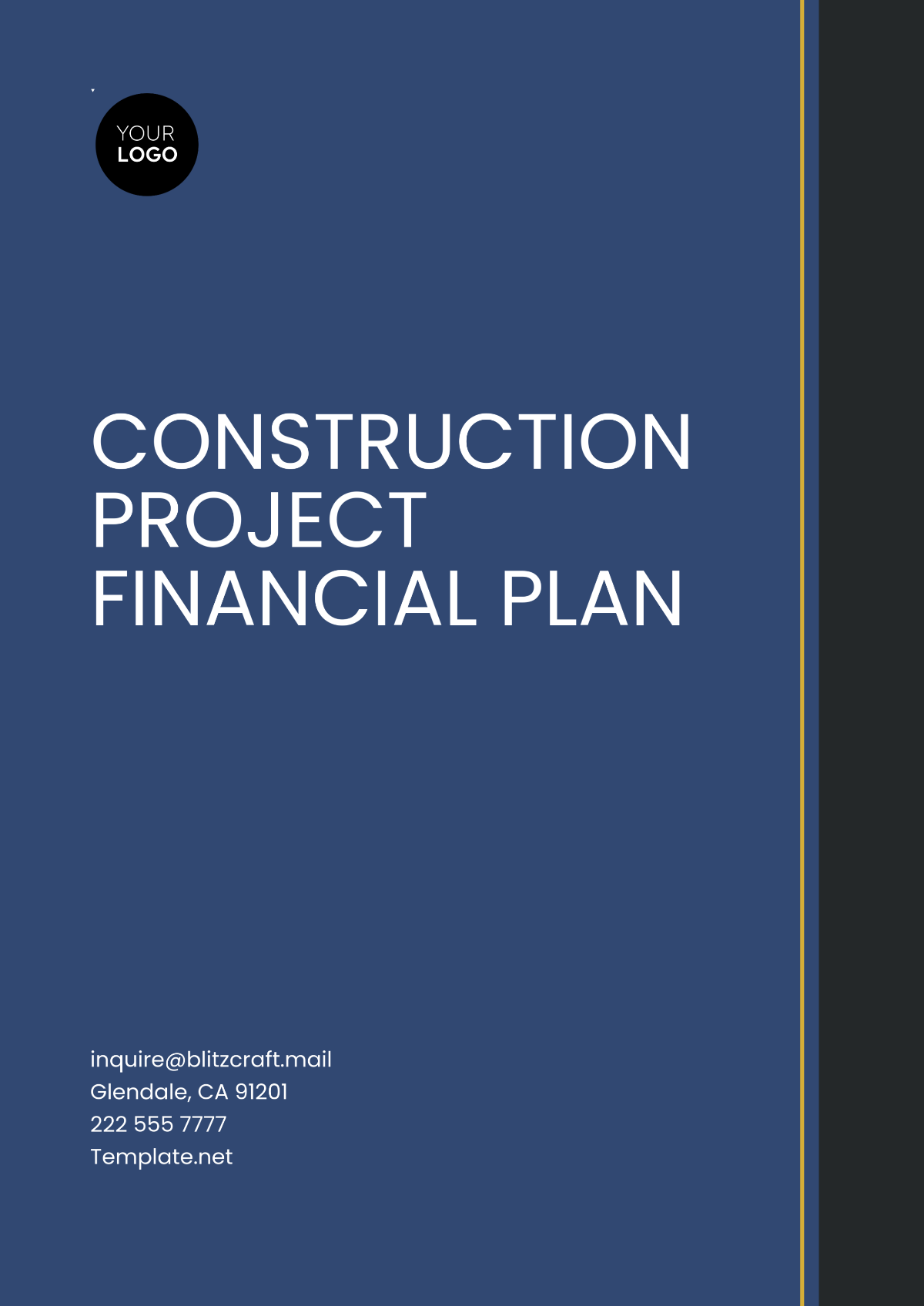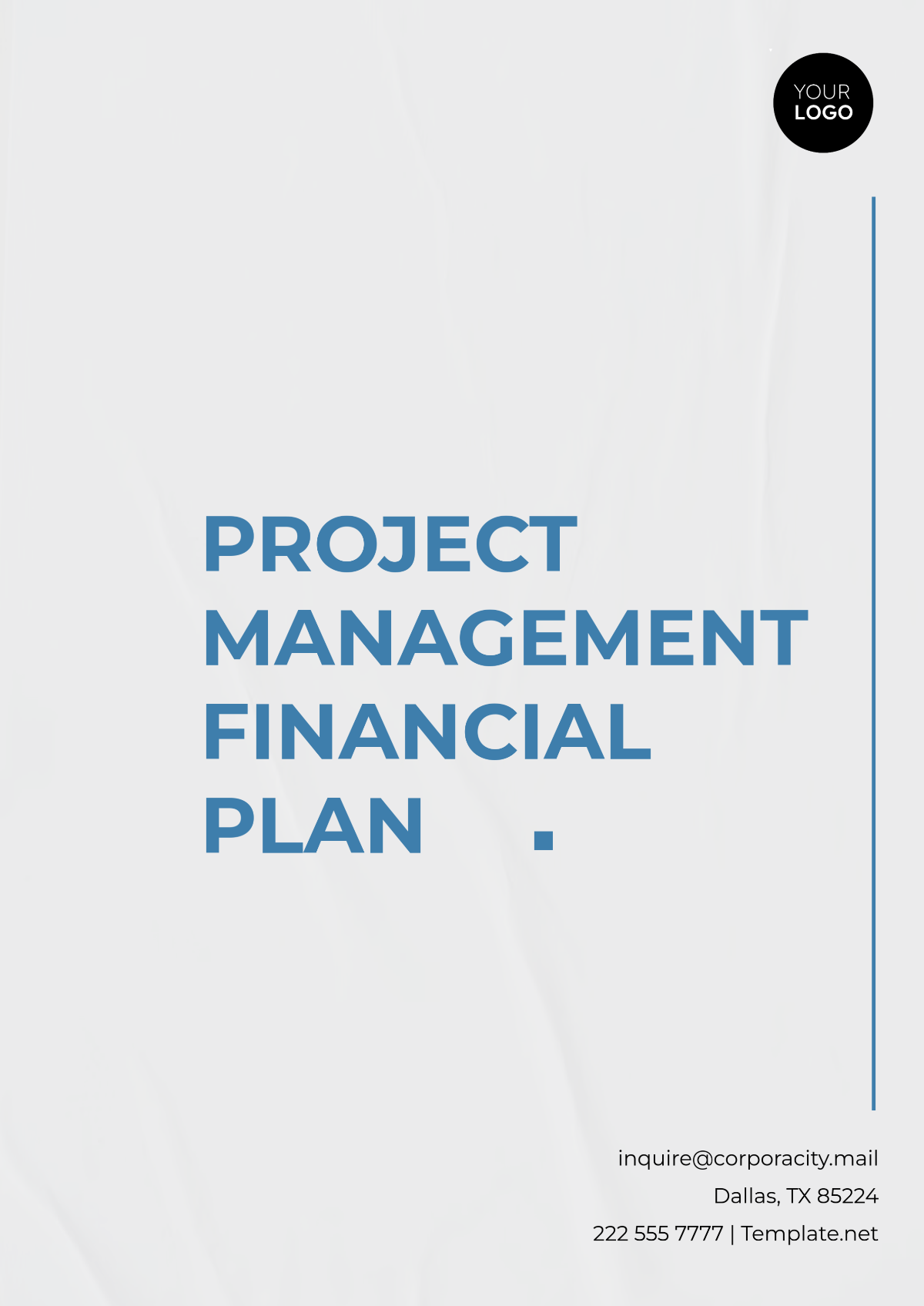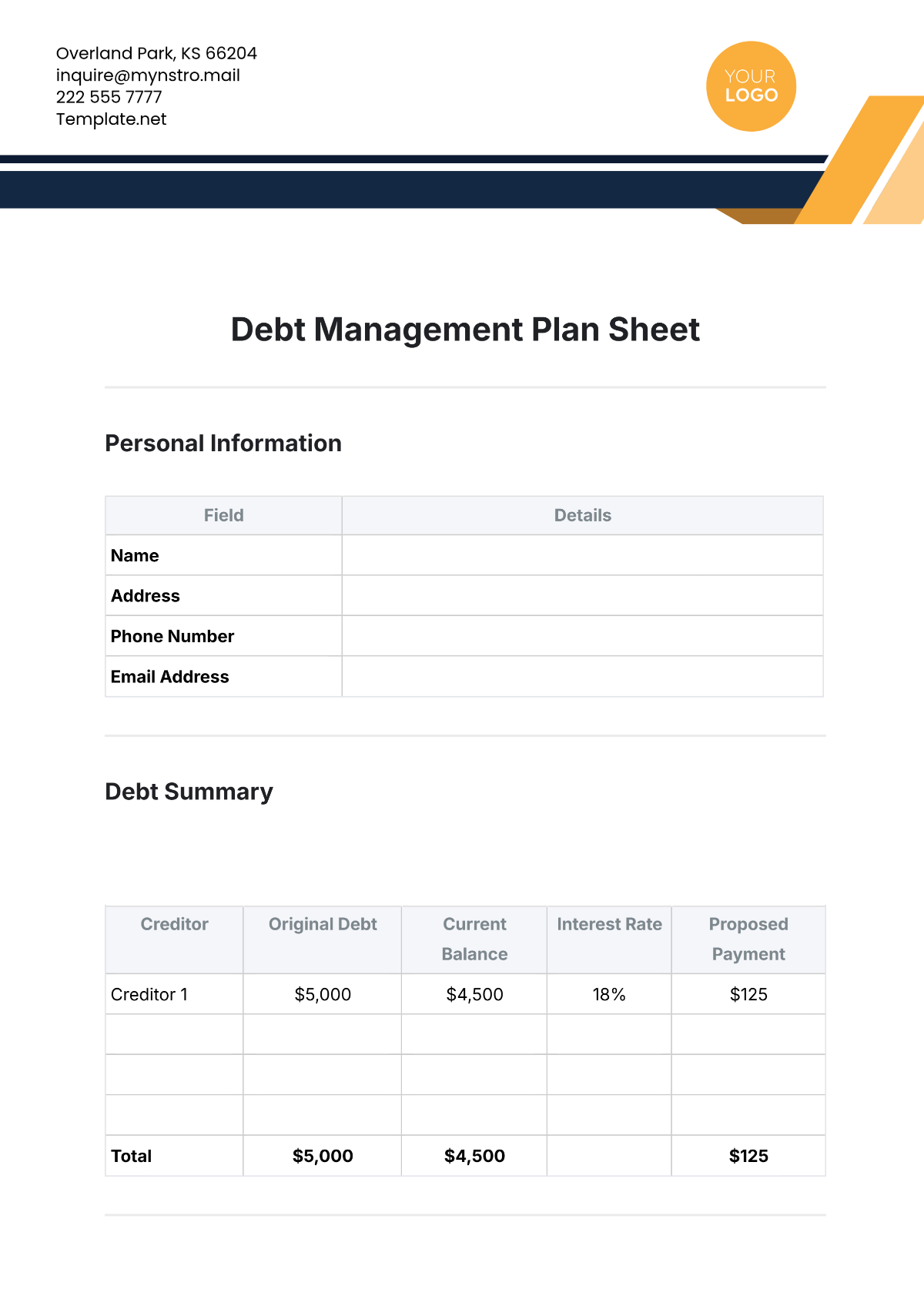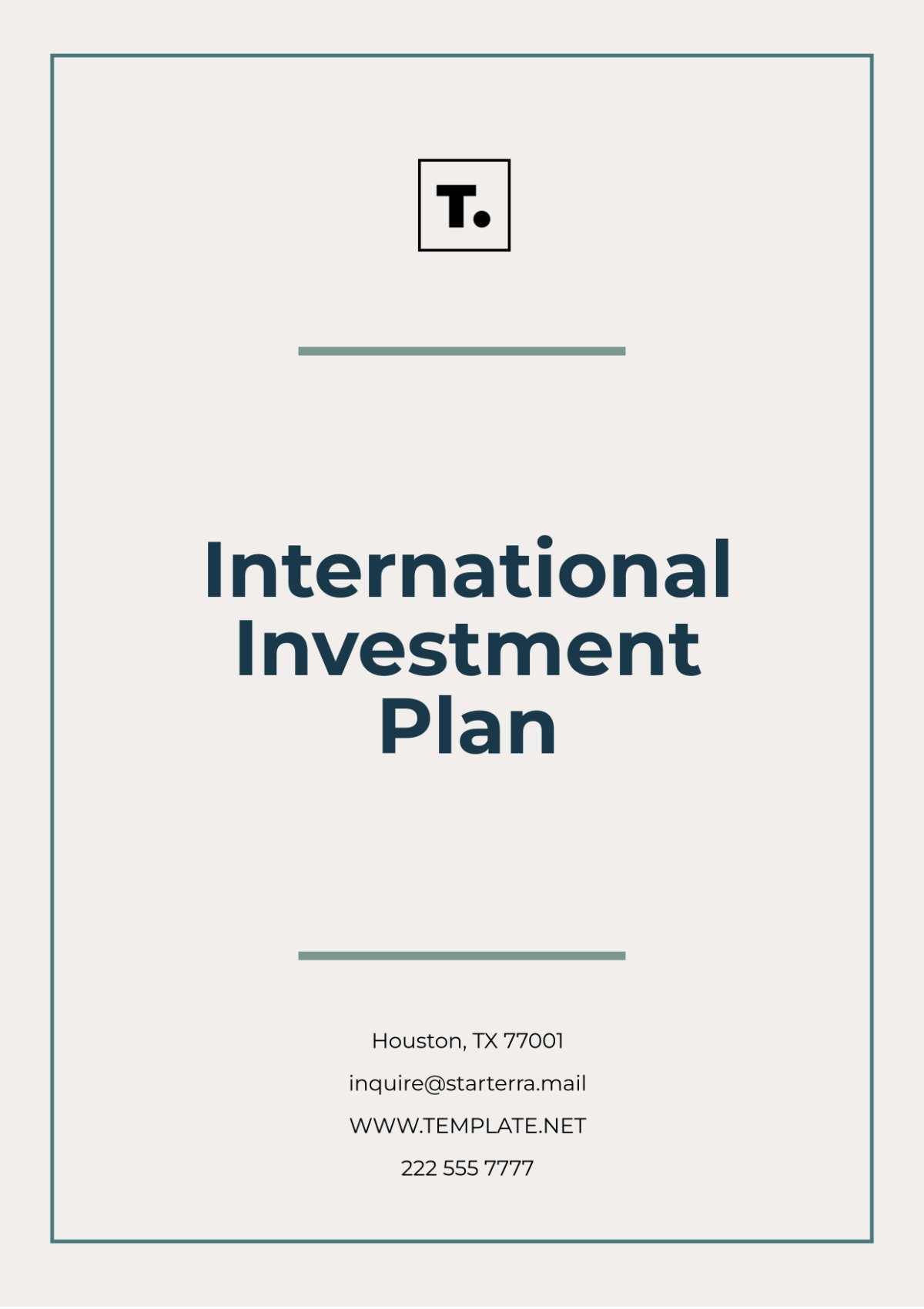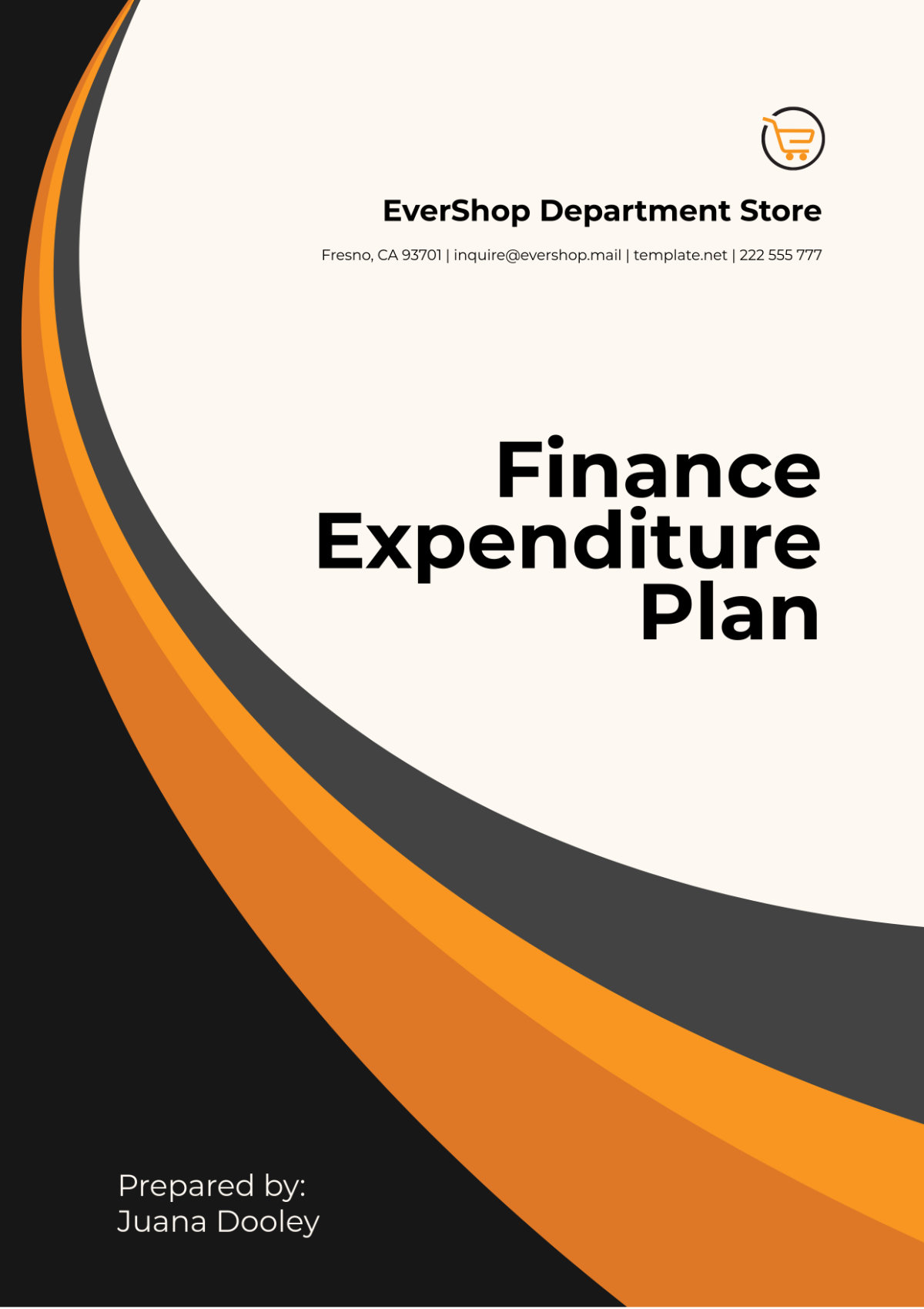Account Long-Term Financial Forecasting Plan
I. Executive Summary
This plan aims to develop a long-term financial forecast for our account. This plan focuses on crafting a comprehensive long-term financial forecast tailored to our account's specific needs. The resulting forecast not only serves as a guide for strategic decision-making but also plays a pivotal role in shaping our budget allocation, financial planning, and overall execution of organizational goals. With its emphasis on providing a strategic roadmap for financial planning, the plan empowers our organization to make informed choices in resource allocation, fostering a proactive and adaptive approach to navigating the dynamic business landscape. The foundation of a well-founded forecast not only ensures adaptability to emerging opportunities but also reinforces the crucial significance of proactive financial management in achieving sustained success.
II. Historical Analysis
A. Revenue History
The table below provides a detailed historical analysis of our company's financial performance over the past three years:
Year | Revenue | Growth Rate | Remarks |
|---|---|---|---|
2056 | $10,000,000 | 15% | Strong growth attributed to new product launches |
The revenue for the year 2056 reflects a remarkable $10,000,000 with a growth rate of 15%. This surge in revenue can be primarily attributed to the successful introduction of new products into the market, signaling a positive response from consumers and a significant expansion of our market share. The growth rate indicates the percentage increase in revenue from the previous year, showcasing the company's ability to capitalize on market opportunities and adapt to consumer demands effectively. This historical context is instrumental for the long-term financial forecast, as it highlights specific strategies and events that have proven successful in driving revenue growth.
B. Cost Analysis
The table below further details the cost dynamics over the specified years:
Year | Total Costs | Variable Costs | Fixed Costs |
|---|---|---|---|
2056 | $7,500,000 | $4,000,000 | $3,500,000 |
Interpreting the first item in this table, the total costs for the year 2056 amounted to $7,500,000, with a clear breakdown between variable costs of $4,000,000 and fixed costs of $3,500,000. Operational changes during this period led to an increase in variable costs. Understanding these cost dynamics is crucial for our long-term financial forecast, as it enables us to identify cost trends related to production, labor, or supply and implement strategic measures to optimize our cost structure. By scrutinizing the balance between variable and fixed costs, we can formulate strategies to enhance operational efficiency and ensure a sustainable cost structure. This equips the company with the essential historical context needed to make informed decisions and navigate the financial landscape successfully.
C. Profit Margin Overview
The chart below presents a comprehensive overview of the profit margins during the years 2054, 2055 and 2056:
Interpreting the data in this chart, we observe a substantial progression in profit margins over the years, signaling a robust improvement in our financial efficiency. In 2054, the profit margin stood at 18%, marking a notable increase to 27% in 2055, and a further enhancement to an impressive 34% in 2056. This positive trend underscores the effective balance between cost management and revenue generation, showcasing the company's adaptability and strategic prowess.
This serves as a compass for gauging the financial efficiency of our operations. A consistent upward trajectory in profit margins signifies not only effective cost control but also a successful implementation of strategies to enhance revenue generation. Analyzing profit margins over time allows us to identify trends and assess the impact of various strategies on overall profitability. This forms a holistic understanding of our financial performance, guiding us towards informed decisions for the future.
III. Revenue Forecasting
The table below provides a structured breakdown, allowing for a comprehensive understanding of our anticipated revenue landscape for the years to follow:
2059 | 2060 | 2061 | |
|---|---|---|---|
Sales and Marketing Data | $15,000,000 | $18,000,000 | $22,000,000 |
The years 2059, 2060, and 206 showcase a noticeable and consistent increase in the Sales and Marketing Data component. Projected revenue starts at $15,000,000 in 2059, experiences a significant rise to $18,000,000 in 2060, and further increases to $22,000,000 in 2061. This trend signifies a deliberate and strategic effort on the part of the company to steadily grow its anticipated revenue. The sustained increase can be attributed to effective sales and marketing strategies, a widening market presence, and successful promotion of products or services. This positive trajectory aligns seamlessly with the overarching strategic goal of expanding market reach and capitalizing on growth opportunities. Overall, the detailed breakdown of anticipated revenue streams ensures that the company gains a nuanced understanding of growth drivers. This, in turn, enables effective resource allocation, identification of growth opportunities, and the adaptation of strategies to align with the evolving market conditions.
IV. Cost Forecasting
In charting the financial course for the company's future, the table below breaks down these cost components over the specified years, providing a detailed insight into the company's expected expenditures:
2059 | 2060 | 2061 | |
|---|---|---|---|
Production Costs | $8,000,000 | $9,500,000 | $11,000,000 |
Starting at $8,000,000 in 2059, there is a subsequent rise to $9,500,000 in 2060, followed by an additional increase to $11,000,000 in 2061. This upward trend signifies a strategic approach to financial planning, demonstrating the company's foresight in estimating production expenses in alignment with anticipated growth. The gradual increase indicates a proactive stance towards expanding production capacity or adapting to market demands, ensuring that the company is adequately prepared for potential growth scenarios.
This careful estimation of Production Costs forms a crucial aspect of the broader financial strategy, allowing the company to align production expenses with revenue projections and maintain a balanced and sustainable financial structure. This is integral in projecting profit margins, facilitating effective budgeting, and ensuring financial sustainability. By anticipating these costs and aligning them with revenue projections, the company can make informed decisions, allocate resources judiciously, and maintain a balanced financial structure over the forecasted period. This aims to empower strategic financial planning, enabling the company to navigate economic uncertainties and achieve long-term fiscal health.
V. Capital Expenditure Projections
In sculpting the financial trajectory, the Capital Expenditure Projections offers a forward-looking insight into the company's investment in acquiring and maintaining fixed assets. The table below delineates the anticipated capital expenditures over the years, providing a detailed overview of the company's investment plans:
2059 | 2060 | 2061 | |
|---|---|---|---|
Buildings | $2,500,000 | $3,000,000 | $3,500,000 |
Foreseeing capital expenditures is instrumental in ensuring the company's readiness to embrace technological advancements, scale production capacity, and maintain a competitive position in the market. The expected capital expenditure for Buildings in 2059 is forecasted at $2,500,000, followed by planned increases to $3,000,000 in 2060 and $3,500,000 in 2061. This ascending trend reflects a strategic commitment to investment, showcasing the company's dedication to bolstering infrastructure and facilitating potential expansion. By furnishing detailed insights into projected investments in fixed assets, this enables the company to align its financial resources with strategic imperatives. In essence, this functions as a guide for prudent financial allocation, fostering sustained growth and resilience amidst dynamic business landscapes.
VI. Cash Flow Analysis
The table below provides a detailed breakdown of projected cash flow components across the years, offering valuable insights into the company's financial liquidity:
2059 | 2060 | 2061 | |
|---|---|---|---|
Operating Activities | $12,000,000 | $15,000,000 | $18,000,000 |
Offering a detailed breakdown of projected cash flows the data provides a nuanced understanding of the company's financial liquidity and solvency. The table reveals that the projected cash flow from Operating Activities in 2059 is estimated at $12,000,000, with subsequent increases to $15,000,000 in 2060 and $18,000,000 in 2061. This upward trajectory signals a positive outlook for cash generated from core business operations, indicating potential growth and financial stability. The ability to foresee cash flow trends is critical for ensuring financial solvency, facilitating strategic planning, and identifying opportunities for sustainable growth. This is a vital tool for informed decision-making, equips the company to navigate financial challenges effectively and maintain a resilient financial position.
VII. Profit and Loss Forecast
The table below delineates the projected profit and loss components for the years 2059 to 2061, offering a comprehensive outlook for the company's fiscal trajectory:
2059 | 2060 | 2061 | |
|---|---|---|---|
Net Profit | $6,000,000 | $7,000,000 | $8,000,000 |
The Net Profit reveals the company's financial bottom line after all expenses, including operating costs and taxes, have been deducted from the total revenue. In the year 2059, the Net Profit is projected to be $6,000,000, indicating a healthy financial outcome. This positive figure signifies that the company is expected to generate a surplus after covering all its costs, reflecting operational efficiency and effective financial management. The subsequent years, 2060 and 2061, see a progressive increase in Net Profit, reaching $7,000,000 and $8,000,000, respectively. This upward trend suggests a positive trajectory for the company's overall financial health, demonstrating the potential for sustained profitability and growth.
This serves as a comprehensive snapshot of the organization's revenue, costs, and resultant profits, offering a clear understanding of its fiscal health. This enables informed decision-making by providing insights into the efficiency of the company's operations, its ability to generate profits, and the impact of various factors on its financial performance. With this projection, it aids in setting realistic financial goals, budgeting effectively, and ensuring sustainable growth. Overall, it is a critical tool for assessing the company's profitability, guiding strategic initiatives, and fostering adaptability in response to evolving market conditions. It empowers the organization to make proactive financial decisions, manage resources judiciously, and maintain a resilient financial position over the forecasted period.
VIII. Risk Assessment and Mitigation
A. Risks
Economic Fluctuations
The company may face considerable challenges due to unexpected economic downturns, potentially leading to decreased consumer spending and a decline in overall market demand, thereby impacting revenue streams and financial stability.
Market Volatility
Fluctuations in market conditions, such as sudden shifts in customer preferences or unforeseen industry trends, have the potential to significantly affect sales performance, introducing uncertainties in revenue projections and strategic planning.
Supply Chain Disruptions
The vulnerability to supply chain disruptions, ranging from delays in raw material deliveries to unexpected logistical challenges, poses a threat to production efficiency, cost management, and timely delivery of products.
Regulatory Changes
The dynamic nature of industry regulations introduces a risk of compliance challenges. Sudden changes in legal requirements or standards may necessitate swift adaptations in business operations, impacting processes and potentially incurring additional costs.
Technological Risks
The relentless pace of technological advancements brings about the risk of product or service obsolescence. Continuous investment in innovation and technology is crucial to mitigate this risk and maintain competitiveness in the market.
Competitive Pressures
Intensified competition within the industry can lead to heightened pressures, potentially triggering price wars, compromising market share, and requiring increased expenditures on marketing and promotional activities.
Currency Exchange Rate Fluctuations
Global operations expose the company to currency exchange rate fluctuations. These fluctuations can impact costs, revenues, and profit margins, necessitating the implementation of effective hedging strategies.
Global Events
Unforeseen global events, such as natural disasters or geopolitical tensions, may have widespread consequences, disrupting operations, supply chains, and overall business continuity on a global scale.
B. Mitigation
Diversification of Product Portfolio
To mitigate the impact of changing market trends on specific products, the company should strategically diversify its product portfolio, ensuring a well-balanced mix that caters to diverse consumer needs and preferences.
Strategic Partnerships
Establishing robust strategic partnerships along the supply chain helps enhance resilience and mitigate risks associated with disruptions. Collaborative efforts with reliable partners contribute to effective risk-sharing and crisis management.
Continuous Monitoring of Regulatory Environment
Vigilant monitoring of the regulatory landscape allows the company to stay ahead of compliance challenges. Proactive measures, such as regular audits and legal consultations, ensure timely adaptations to any regulatory changes.
Investment in Research and Development
Consistent investment in Research and Development (R&D) is imperative to stay technologically competitive. This ongoing commitment enables the company to adapt swiftly to emerging industry trends, reducing the risk of technological obsolescence.
Market Research and Analysis
Regular and thorough market research and analysis are essential for anticipating shifts in consumer behavior and market dynamics. This proactive approach enables the company to identify emerging opportunities and threats, guiding strategic decision-making.
Hedging Strategies
Implementing comprehensive hedging strategies helps manage the risks associated with currency exchange rate fluctuations. Well-designed hedging mechanisms provide stability in financial performance and minimize the impact of volatile currency markets.
Contingency Planning
Developing robust contingency plans ensures the company's readiness to address unforeseen global events. Scenario-specific plans and crisis response mechanisms enhance operational resilience and minimize the impact of disruptions.
Risk Management Framework
Establishing a comprehensive risk management framework involves systematically identifying, assessing, and prioritizing risks. This framework enables the company to formulate and implement effective mitigation strategies, fostering a proactive and adaptive organizational culture.
Employee Training and Development
Investing in ongoing employee training and development programs enhances the adaptability and resilience of the workforce. Well-equipped employees can effectively navigate technological changes and contribute to the company's overall flexibility.
Scenario Planning
Conducting scenario planning exercises allows the company to anticipate potential economic fluctuations and formulate strategic responses. This forward-looking approach enables the organization to proactively address uncertainties, making informed decisions to navigate changing business landscapes.
IX. Periodic Revision and Update
A. Components of Revision
Review of Assumptions
Periodic reviews allow for a reassessment of the assumptions underpinning the forecast. This includes revisiting factors such as market growth rates, inflation, and key performance indicators to ensure they accurately reflect the current business landscape.
Integration of New Data
Incorporating the latest market data, financial performance metrics, and industry benchmarks ensures that the forecast is grounded in the most up-to-date information. This integration enhances the accuracy of predictions and aids in making informed strategic decisions.
Scenario Planning
Adapting the forecast to different scenarios enables the company to proactively address potential challenges or capitalize on emerging opportunities. By considering various contingencies, the financial plan becomes a tool for risk mitigation and strategic agility.
Alignment with Strategic Goals
As organizational strategies evolve, the financial forecast should align with these changes. Periodic revisions provide the opportunity to ensure that financial goals, resource allocations, and performance metrics are in harmony with the broader strategic vision.
Feedback Loop with Stakeholders
Engaging in a continuous feedback loop with key stakeholders, including management, investors, and relevant departments, ensures that the financial forecast remains a collaborative and well-informed tool. This iterative process enhances the plan's relevance and effectiveness.
B. Documentation and Communication
Transparent Documentation Process
The company will use a standardized system for documentation using collaborative tools such as cloud-based platforms or version control systems. This approach ensures transparency and accountability, allowing stakeholders to trace the evolution of financial forecasts over time.
Communication Protocols
We will utilize email updates for formal communications, internal messaging platforms for quick announcements, and regular team meetings for in-depth discussions. This diversified communication strategy caters to different preferences and ensures that stakeholders are promptly informed.
Stakeholder Engagement Mechanisms
We will leverage video conferencing tools for virtual meetings, conduct webinars for broader engagement, and maintain an open-door policy for one-on-one discussions. This mix of communication channels fosters active stakeholder engagement, encouraging diverse perspectives and collaborative decision-making.
Training Programs for Interpretation
The company will deploy e-learning platforms and conduct virtual training sessions to enhance stakeholders' ability to interpret and analyze revised financial forecasts. We will also create instructional videos, host webinars, and provide written guidelines accessible through a centralized learning management system. This approach ensures that training is flexible, tailored, and easily accessible.
Accessible Documentation Platforms
We will have a centralized, cloud-based document management system accessible to all relevant personnel. This includes user-friendly interfaces and involves ensuring compatibility with various devices. This ensures that stakeholders, regardless of location or department, can access the latest financial forecasts and associated documentation seamlessly.

